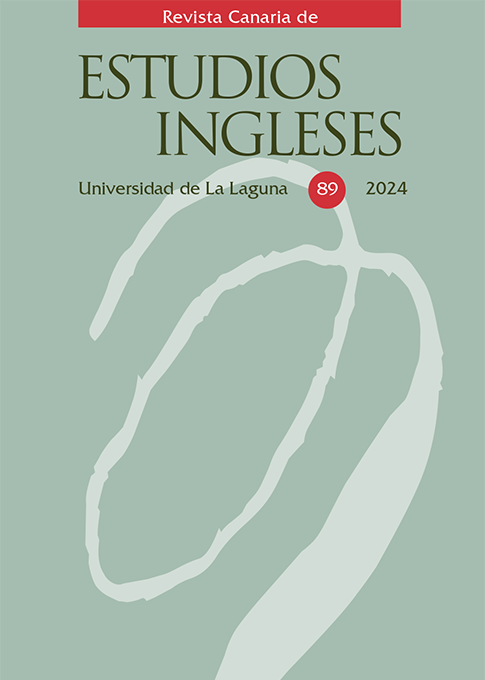Et Verbum Caro Factum Est: Monstrosity and Transcorporeality in Mexican Gothic
Abstract
Mexican Gothic by Silvia Moreno García analyses the social situation of Mexico of the 1950s. A female gothic heroine guides the reader from a quiet town to a haunted house located in a remote village. She unveils the secrets of the Doyle’s family, hidden behind the walls of the manor and in the crypt, and investigates the relationship of the members of the house with the house, while they keep her trapped inside. Noemí, the protagonist is helped by the ghost of Ruth, a deceased member of the family, and both women together end the rule of the patriarch of the family, Howard Doyle. The final collapse of the house and the death of the members of the family means an end to the colonial period of the area leaving the local inhabitants and the surrounding environment free from submission. The aim of this article is to show how ecogothic serves as a theoretical approach to denounce the submission of the human and the more than human by means of colonial practices beside demonstrating that the real monsters are the colonizers.

This work is licensed under a Creative Commons Attribution-NonCommercial-ShareAlike 4.0 International License.



